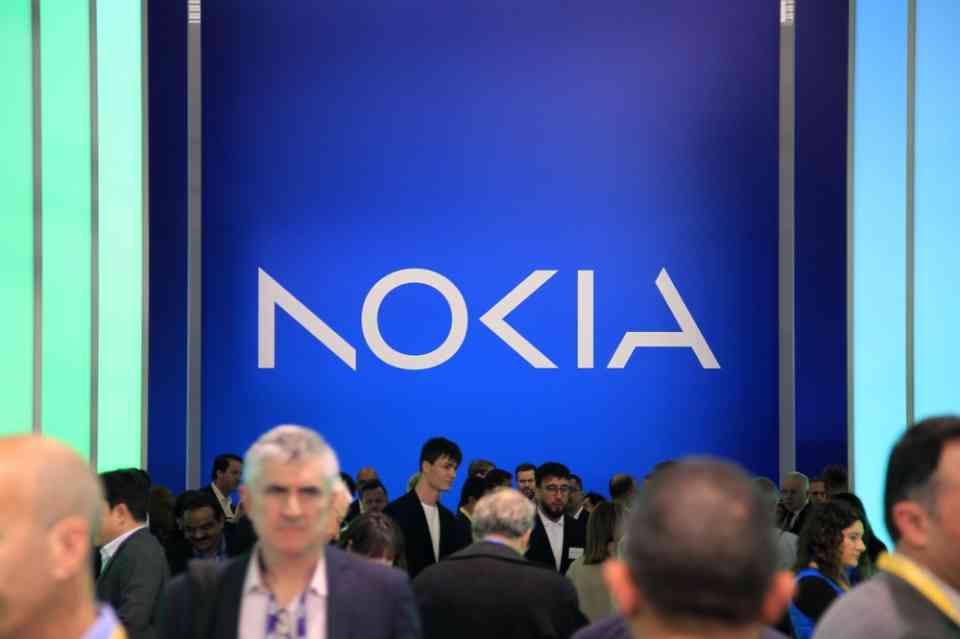Nokia Announces Leadership Change as Pekka Lundmark Steps Down

Finnish telecom giant Nokia has revealed that CEO Pekka Lundmark will be stepping down, with Justin Hotard set to take over the role. Hotard, currently serving as Executive Vice President and General Manager of the Data Center & AI Group at Intel, will officially assume the position on April 1.
As telecom equipment manufacturers face declining demand for 5G technology, companies like Nokia have been seeking new opportunities in emerging fields such as artificial intelligence. Nokia’s Chair, Sari Baldauf, highlighted Hotard’s strong track record in driving growth within technology firms and emphasized his deep expertise in AI and data center markets—key areas for Nokia’s future expansion.
Lundmark, who has led Nokia since 2020, will remain with the company in an advisory role until the end of the year to ensure a smooth transition.
Speculation about a potential leadership change had surfaced in September, though Nokia had dismissed those reports at the time. According to Baldauf, discussions around the transition began after Lundmark indicated to the Board that he was considering stepping away from executive roles once the company’s repositioning efforts were further along and a suitable successor had been identified.
With Hotard at the helm, Nokia is preparing for its next phase of innovation and market evolution.
Have you read?
Countries Most in Debt to the International Monetary Fund (IMF).
Most Successful Unicorn Startups.
$100 Billion Club: Richest People With The 12-Figure Fortunes.
Largest electricity consumers in the world, by country (in terawatt-hours).
Countries that Export the Most Goods and Services.
Bring the best of the CEOWORLD magazine's global journalism to audiences in the United States and around the world. - Add CEOWORLD magazine to your Google News feed.
Follow CEOWORLD magazine headlines on: Google News, LinkedIn, Twitter, and Facebook.
Copyright 2025 The CEOWORLD magazine. All rights reserved. This material (and any extract from it) must not be copied, redistributed or placed on any website, without CEOWORLD magazine' prior written consent. For media queries, please contact: info@ceoworld.biz








